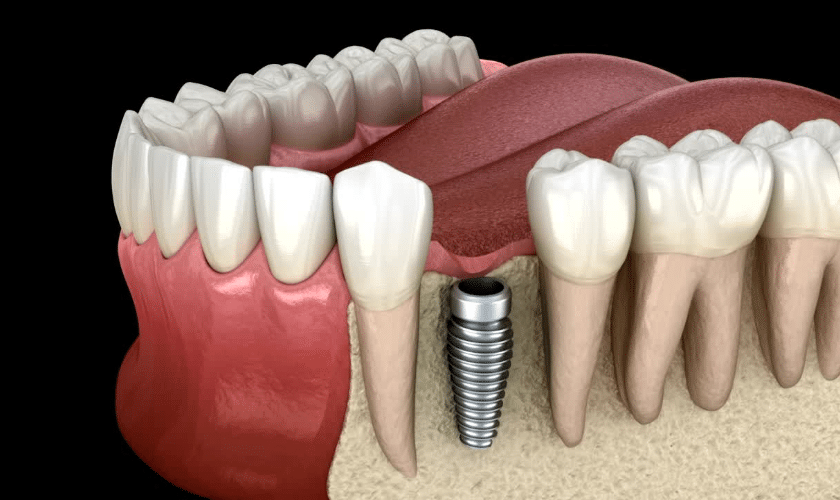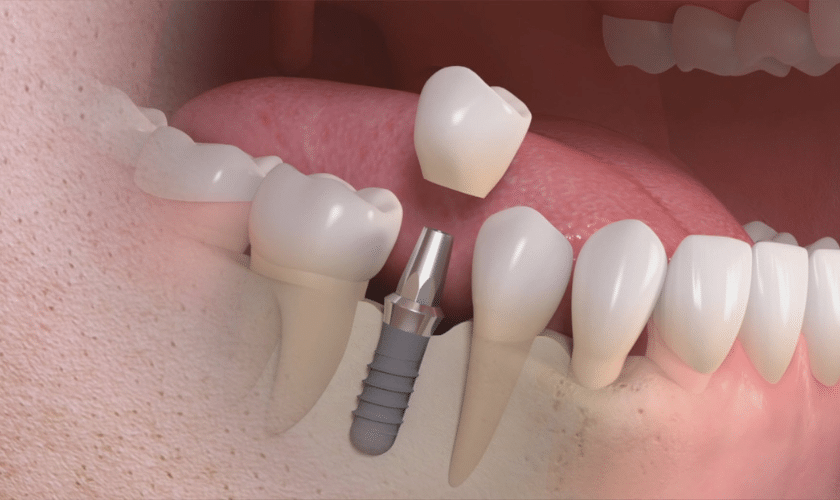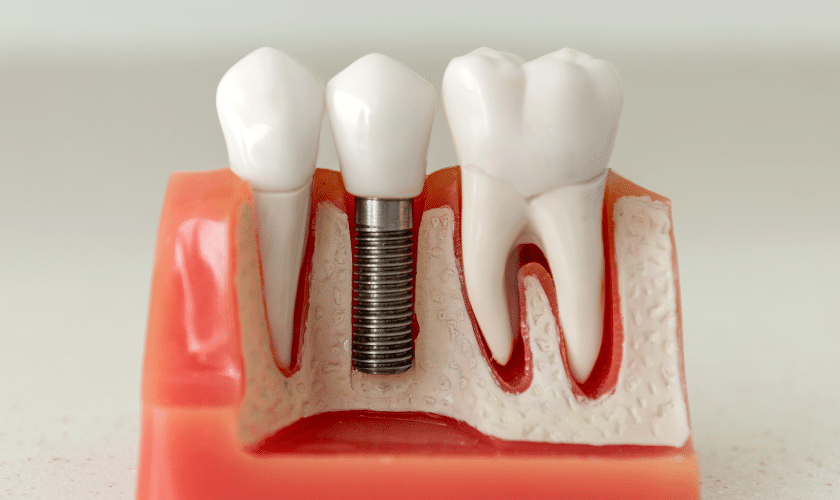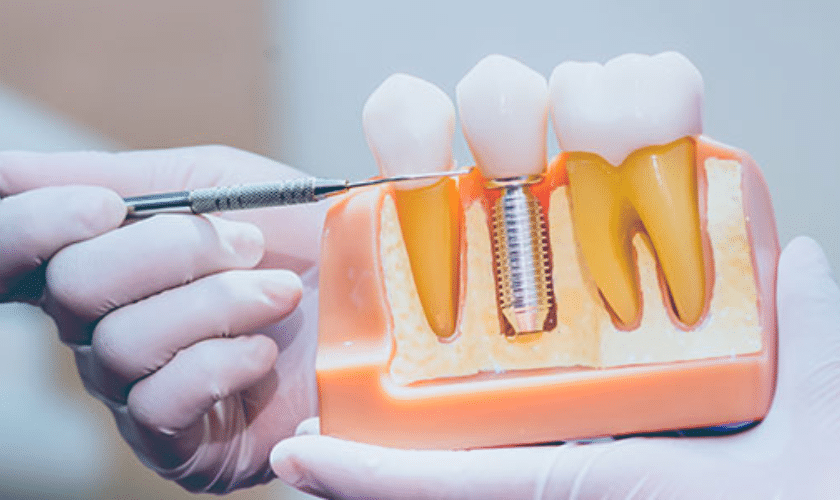908-282-3366
What Are Dental Implants and How Do They Work?

A captivating smile is often a reflection of confidence and vitality. However, the absence of teeth can impact not only the aesthetics but also the functionality of a smile. Enter dental implants—a cutting-edge solution that goes beyond mere aesthetics, offering a comprehensive restoration of both form and function.
In this exploration of dental implants, we unravel the intricacies of this innovative dental procedure, understanding not just what they are but how they work to transform smiles and lives.
Understanding Dental Implants:
What Are Dental Implants?
Dental implants serve as artificial tooth roots, surgically embedded into the jawbone to support replacement teeth. Crafted from titanium—a biocompatible material—implants provide a strong foundation for various dental prosthetics while blending seamlessly with natural teeth.
The Implant Components:
Comprising three integral parts, dental implants involve the implant itself—a small titanium post that mimics the root of a natural tooth. An abutment, affixed atop the implant, connects it to the prosthetic tooth or crown, meticulously crafted to match the patient’s natural teeth in color, shape, and functionality.
How Do Dental Implants Work?
Osseointegration Process:
The magic of dental implants lies in their ability to osseointegrate, a biological process where the implant fuses with the jawbone over time. This integration, facilitated by the bone’s affinity for titanium, results in a sturdy and durable foundation, mirroring the strength of a natural tooth root.
Surgical Procedure:
The journey towards a restored smile begins with a comprehensive assessment and meticulous planning. The surgical phase involves the precise placement of the implant into the jawbone, often performed under local anesthesia. Following this procedure, a healing period ensues, allowing the bone to grow around the implant, securing it firmly in place.
The Role of Abutments:
Once the implant has successfully integrated with the jawbone, an abutment—a connector piece—is attached to the implant. This component acts as an intermediary between the implant and the prosthetic tooth, ensuring a secure and precise fit.
Types and Considerations:
Endosteal vs. Subperiosteal Implants:
Endosteal implants, the most commonly used type, are positioned directly into the jawbone—subperiosteal implants, placed under the gum but above the jawbone, suit patients with minimal bone height. The selection of the implant type depends on individual jawbone health and specific requirements.
Candidate Evaluation:
The eligibility for dental implants involves a thorough evaluation of a patient’s oral health, bone density, and overall medical condition. Factors such as sufficient jawbone density and good oral hygiene play crucial roles in determining candidacy.
Benefits of Dental Implants:
Restored Functionality and Comfort:
Dental implants restore natural biting and chewing abilities, offering stability and comfort that surpasses traditional dentures. This improved functionality allows individuals to enjoy their favorite foods without concern.
Aesthetics and Confidence Boost:
The aesthetic appeal of dental implants extends beyond a natural appearance; they restore confidence and self-esteem. The meticulously crafted prosthetic teeth blend seamlessly with existing teeth, enhancing the overall appearance of the smile.
Long-term Oral Health:
Implants not only fill the gap left by missing teeth but also contribute to preserving oral health. By preventing bone loss and maintaining proper alignment, they safeguard adjacent teeth and prevent potential oral health issues.
Dental implants stand as a testament to the convergence of art and science in modern dentistry. Beyond being a solution for missing teeth, they represent a restoration of self-assurance and functionality. By understanding the intricate workings of dental implants, we uncover their transformative potential—a journey towards redefined smiles, renewed confidence, and a restored sense of well-being.




